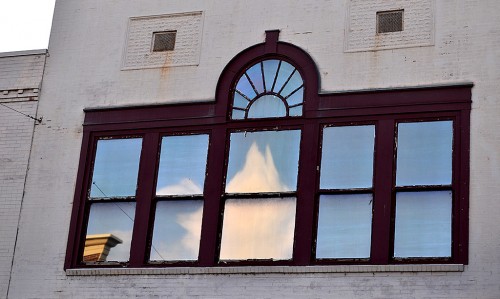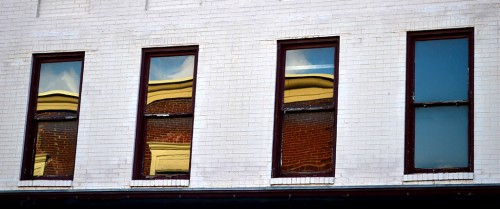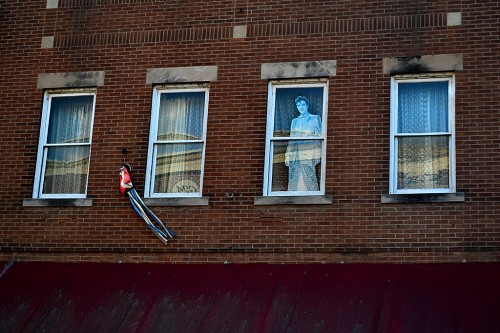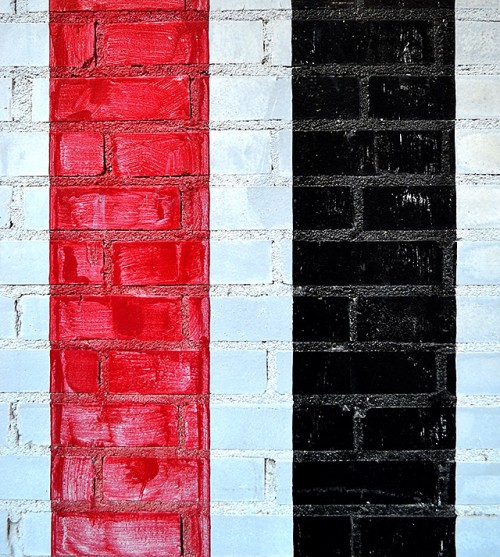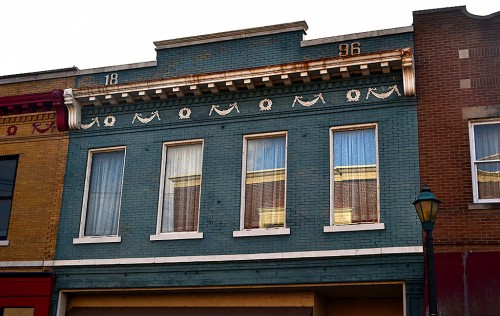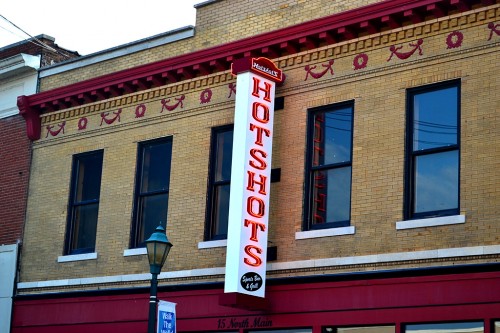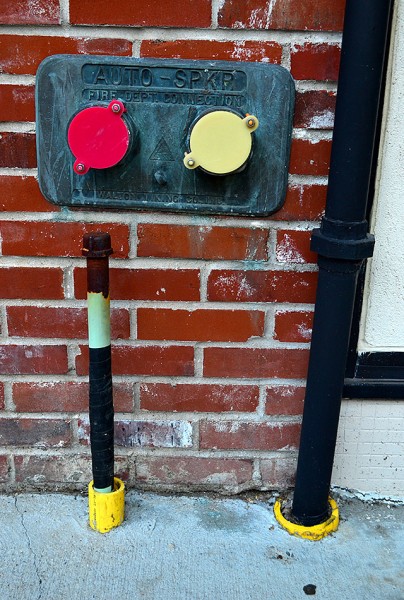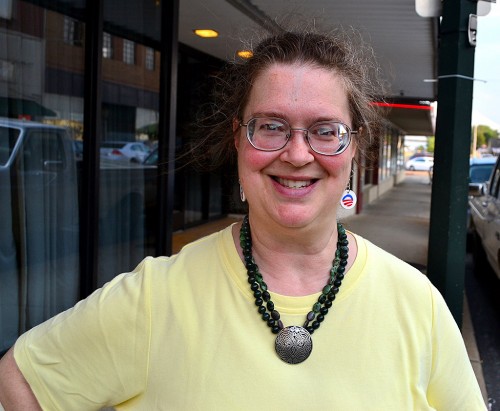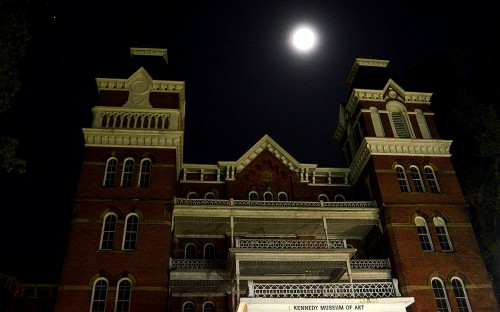 Curator Jessica said we needed to go to the Kennedy Museum of Art at The Ridges to see a couple of my photos that are on exhibit.
Curator Jessica said we needed to go to the Kennedy Museum of Art at The Ridges to see a couple of my photos that are on exhibit.
I fit in well there because the Kennedy is housed in what was once the administration building for the Athens Lunatic Asylum. Within two years of its opening in 1874, it was rebranded The Athens Hospital for the Insane.
That was only the first in a long list of names it would wear as public sensibilities changed until the facility closed in 1993. The hospital would be called, among other things, the Athens Asylum for the Insane, the Athens State Hospital, the Southeastern Ohio Mental Health Center, the Athens Mental Health Center, the Athens Mental Health and Mental Retardation Center, the Athens Mental Health and Developmental Center, and then (again) the Athens Mental Health Center.
It is still a stunning building
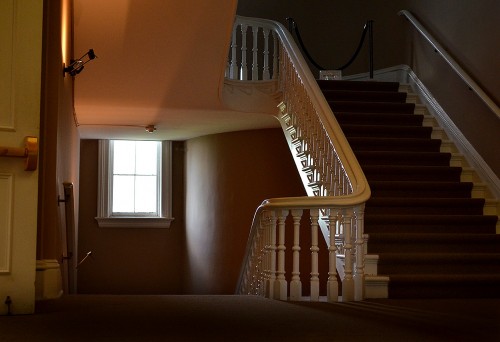 Despite the fact that parts of the facility have been allowed to deteriorate, you can see how ornate the fixtures were. The patient rooms were designed so that each would have a window. The original plan was to make the rooms so small – roughly 100 square feet – that they wouldn’t house more than one patient. Curator Jessica said that overcrowding forced them to put two and three to a room at times.
Despite the fact that parts of the facility have been allowed to deteriorate, you can see how ornate the fixtures were. The patient rooms were designed so that each would have a window. The original plan was to make the rooms so small – roughly 100 square feet – that they wouldn’t house more than one patient. Curator Jessica said that overcrowding forced them to put two and three to a room at times.
I’m uncomfortable with the A-Word
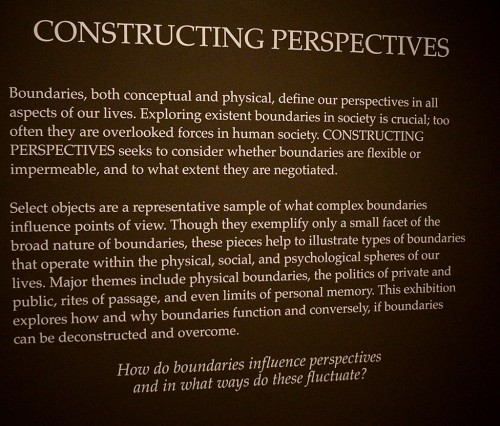 Even though I went through Ohio University under a fine arts program, I was never comfortable using the Art-Word in connection with my photos. I saw them as news when they were taken, though they have become history now that they’ve acquired some whiskers.
Even though I went through Ohio University under a fine arts program, I was never comfortable using the Art-Word in connection with my photos. I saw them as news when they were taken, though they have become history now that they’ve acquired some whiskers.
Part of that reticence is that art galleries like to search for hidden, deep meanings, and expect art to make bold statements. This, for example, appears in the room that houses my two prints.
I have always contended that my photos are straight-forward, what-you-see-is-what-you-get frozen slices of time converted to ink squirted on toilet paper and pitched in a puddle in front of your house.
Two shots from the protest era
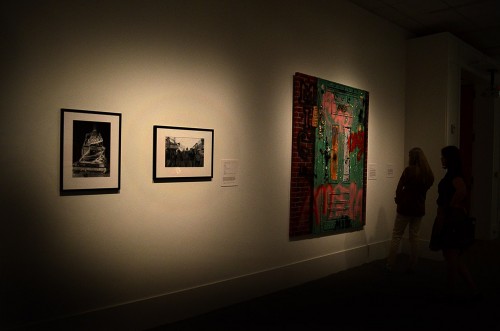 The two photos the museum elected to display as examples of testing boundaries aren’t what I would consider to be my strongest images from that sequence, but I’m honored that they made the cut at all, I suppose.
The two photos the museum elected to display as examples of testing boundaries aren’t what I would consider to be my strongest images from that sequence, but I’m honored that they made the cut at all, I suppose.
The picture on the left is of graffiti on the Main Green’s War Memorial. The boundary it was stretching was polite discourse: one of the words written on the statue was a less euphemistic term for male bovine excrement.
The second photo was of a line of male and female protestors linked arm in arm marching exuberantly down the town’s main drag.
You can see the photos in this Kent State era post. The first shot is number 9 of 86; the marchers are in number 15 of 86.

